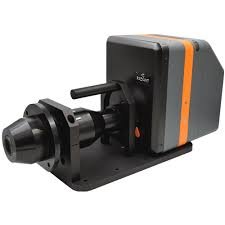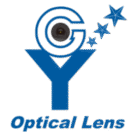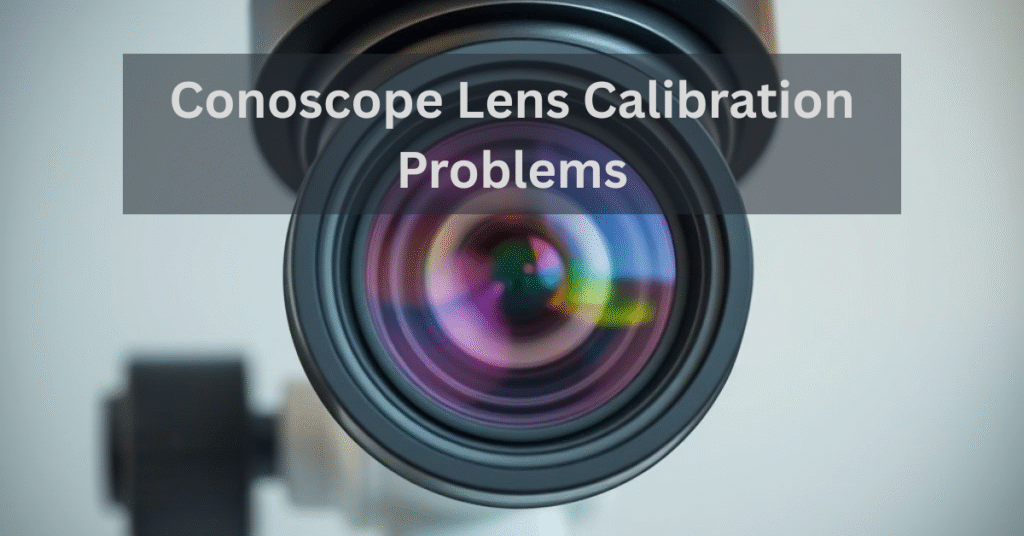In precision optics, every detail matters. Even a small calibration error in a conoscope lens can result in distorted images, wasted testing hours, and unreliable data. Since these lenses are critical for measuring birefringence and evaluating display quality in industries such as AR/VR, LCD manufacturing, and optical research, miscalibration can cause major setbacks.
This article explains the most common conoscope lens calibration problems, why they occur, and how to fix them. Whether you’re an engineer, researcher, or technician, these insights will help you maintain consistent accuracy and extend the life of your optical equipment.
Why Conoscope Lens Calibration Matters
Calibration ensures a conoscope lens captures accurate optical data. Without proper alignment, measurements of birefringence, polarization, and optical uniformity can become misleading.
Industries like display technology, AR headset manufacturing, and scientific research labs rely on precise calibration for quality control. Poor calibration not only reduces accuracy but also introduces risks in product testing and manufacturing outcomes.
Common Calibration Problems in Conoscope Lenses
When something goes wrong, the symptoms are usually clear. The most frequent issues include:
- Optical misalignment → Causes blurred or distorted images.
- Incorrect light intensity or contrast → Reduces fringe visibility.
- Distorted fringe patterns → Indicates angular miscalibration.
- Uneven illumination → Produces patchy or inconsistent data.
- Software misconfiguration → Wrong parameters distort results.
Each of these issues can compromise measurements, so identifying them quickly is essential.
Causes of Calibration Errors

Calibration errors often stem from environmental factors or equipment-related issues.
External Causes
- Dust, fingerprints, or contamination on the lens surface.
- Scratches or wear on optical coatings.
- Temperature fluctuations affecting alignment.
- Mechanical vibration or accidental shock.
Internal/System Causes
- Incorrect installation or mounting.
- Outdated or buggy calibration software.
- Aging optical components creating path inconsistencies.
Understanding the root cause prevents unnecessary trial and error.
How to Fix Conoscope Lens Calibration Problems
Correcting calibration errors doesn’t have to be complicated. A structured approach works best:
- Clean and Inspect the Lens
Use optical-grade wipes and fluid. Avoid abrasives that damage coatings. - Check Alignment
Ensure the lens is correctly seated in the optical path. Small shifts cause large distortions. - Adjust the Light Source
Proper intensity and uniformity are critical for accurate fringe patterns. - Recalibrate with Software Tools
Always use the latest software versions provided by the manufacturer. - Stabilize the Environment
Keep equipment in a vibration-free, temperature-controlled setting. - Replace Damaged Components
If repeated errors persist, damaged lenses or optical elements may need replacement.
Following these steps ensures accuracy and improves system reliability.
Preventing Future Calibration Problems
Prevention reduces downtime and extends lens lifespan. Best practices include:
- Scheduling routine inspections.
- Recalibrating regularly based on usage.
- Protecting lenses from dust and moisture.
- Using vibration isolation tables in labs.
- Following OEM calibration guidelines.
Consistent preventive care minimizes disruptions in optical testing.
When to Seek Professional Calibration Help
Some problems require expert support. Seek professional help if you notice:
- Misalignment that keeps recurring after adjustments.
- Damaged or peeling optical coatings.
- Persistent software incompatibility or crashes.
Professional calibration services—or the original equipment manufacturer (OEM)—can restore lenses to factory standards or recommend replacements.
Conclusion
Calibration issues in a conoscope lens may seem challenging, but most are preventable and fixable with the right approach. Cleaning, realignment, software updates, and environmental stabilization go a long way in ensuring accuracy. Preventive steps like routine checks and protective storage conditions further reduce downtime.
If errors persist, professional services can recalibrate your system to factory standards, ensuring reliable optical data and better testing results.
FAQs on Conoscope Lens Calibration
Q1. How often should calibration be done?
Every 6–12 months, depending on environment and usage.
Q2. Can software updates solve calibration issues?
Yes, many problems come from outdated software. Always update.
Q3. Should you repair or replace a faulty lens?
If coatings are damaged or the lens is scratched, replacement is the better choice.
Q4. How long does recalibration take?
Usually a few hours to one working day.

